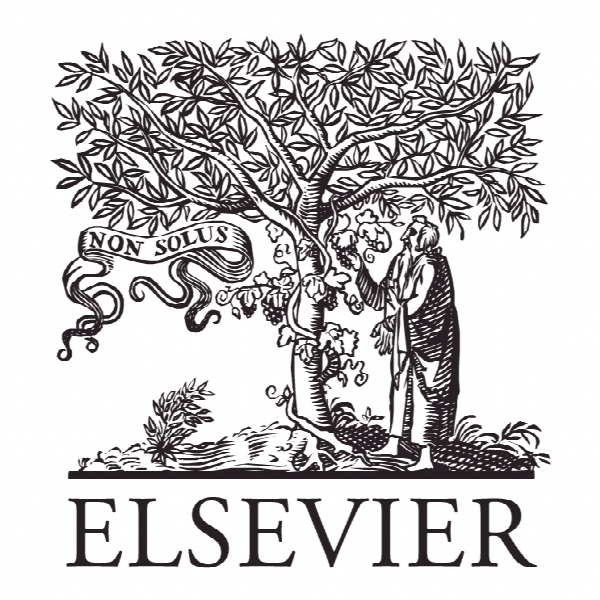جهان مسطح نیست: ارزیابی نابرابری در دروغگویی اطلاعات جهانی از طریق همایش های وب سایت The world is not flat: Evaluating the inequality in global information gatekeeping through website co-mentions
- نوع فایل : کتاب
- زبان : انگلیسی
- ناشر : Elsevier
- چاپ و سال / کشور: 2017
توضیحات
رشته های مرتبط مدیریت و مهندسی فناوری اطلاعات IT
مجله پیش بینی فنی و تغییر اجتماعی – Technological Forecasting & Social Change
دانشگاه کالیفرنیا، دیویس، ایالات متحده
نشریه نشریه الزویر
مجله پیش بینی فنی و تغییر اجتماعی – Technological Forecasting & Social Change
دانشگاه کالیفرنیا، دیویس، ایالات متحده
نشریه نشریه الزویر
Description
1. Introduction In his much acclaimed book The World is Flat, Thomas L. Friedman (Friedman, 2005) argued that globalization has created a more level playing field for global competition. Yet, while concerns for inequality linger, mostly in the realm of economics (Wade, 2004), it is becoming clear that information breeds inequality as well. One cannot consider information inequality without taking into account the World Wide Web (WWW). The global web is a collection of networks, consisting of interconnected entities, ranging from individual bloggers at the micro level, to giant multinational corporations, and nation-states at the macro level (Castells, 2004, 2011; Chang et al., 2012). Among them, the hyperlink network is a type of network established on mutual acknowledgement of relevancy and information flow. Much like academic citations, hyperlinks point one source document to another (Thelwall, 2009), forming the web structure for content diffusion. Also, hyperlinking is a conscious and sometimes strategic behavior. Its patterns also reveal the politics of association (Rogers and Ben-David, 2008). Given that the global web has become a marketplace of ideas and the public sphere for the discussion of issues and social movements, how websites are interlinked affect the size and shape of the public sphere (Dahlgren, 2005; Turow, 2008). There are two ways to look at hyperlinking patterns. The traditional approach looks at inter-linkages, that is, direct citations between a pair of websites (Barnett and Park, 2014). It shows relationships between site authors—how the site authors acknowledge one another. But the approach does not necessarily show contextual connectedness between site content, that is, how the content on one site is perceived as important to the content on another site, through the judgment of a third-party user. Additionally, this perspective has been criticized for including erroneous links, irrelevant information and inconsequential relationships (Weber and Monge, 2011; Ackland, 2013). The examination of website co-mentions represents an improved alternative.


